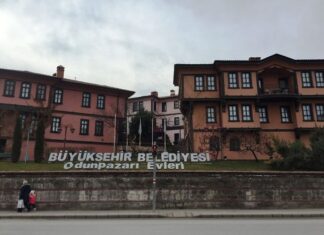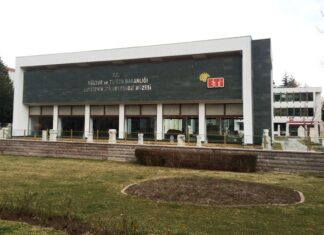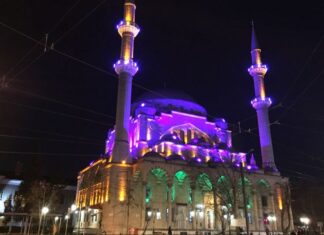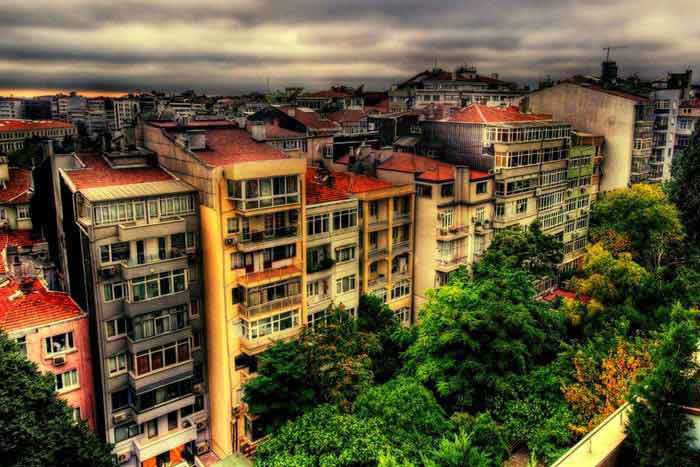Home Blog
The Administration of Bulgaria under Soviet Rule
The People’s Soviets
The administration of Bulgaria after World War II was organized according to the Soviet model. Provincial, district, and city councils, known as...
The Outlawing of Opposition Parties
The Peasant Party Banned
By the end of August 1947, the Peasant Party was declared illegal by the Communist authorities. It was accused of being...
The 1946 Elections and Communist Repression
The Constituent Assembly Elections
In 1946, the Communist-controlled government in Sofia announced new elections for a Constituent Assembly. The task of this body was to...
West African Islands Major Ellis
Major Ellis, well known as the author of West African Sketches and other works, collected the notes from which this volume was prepared. His...
An Honor to American Opticians
Through the courtesy of Messrs. Alvan Clark & Sons, we are pleased to share an extract from a letter written to them by Dr....
West African Islands
Major Ellis, known for his book West African Sketches and other works, compiled detailed notes on the West African islands. His observations include information...
Athenian Society and Social Classes
The Court Set
Athenian society, like that of many countries, is divided into social groups or “sets.” The highest and most exclusive group is the...
Democracy in Greece
A True Democratic Spirit
Greece is one of the truest democracies in Europe. Few other countries, not even Norway, show such devotion to the will...
Athens between the Ancient Spirit and Modern Life
The Old Streets of Athens
In the older parts of Athens, the streets are narrow and often dirty. Strong odors rise into the air, making...
The Movement for Union in Eastern Rumelia
In Eastern Rumelia, the Bulgarian population, which made up five-sixths of the province's 1.5 million people, began organizing a movement to unite with Bulgaria.
The...














